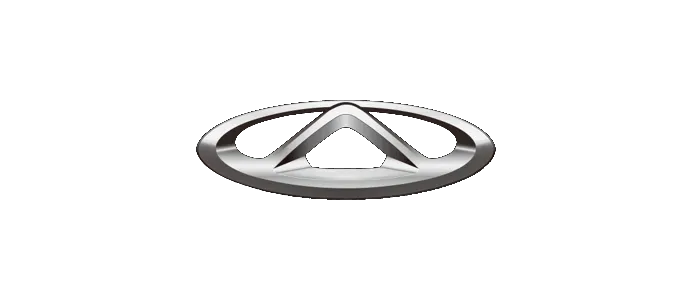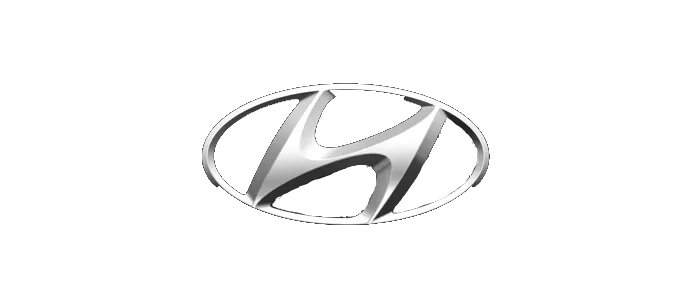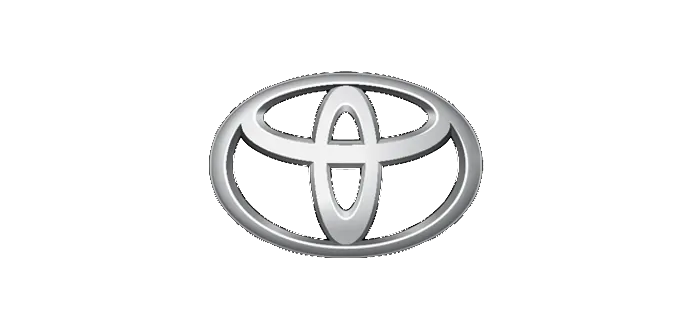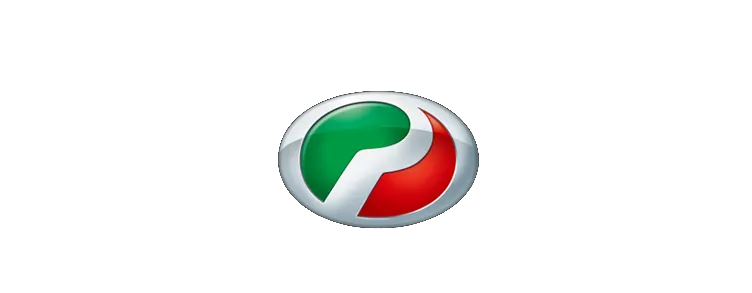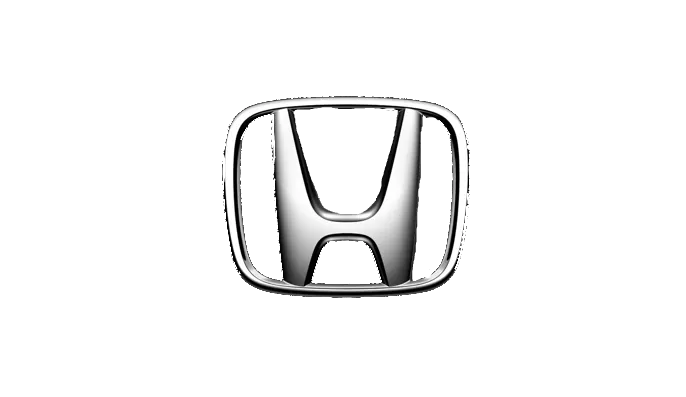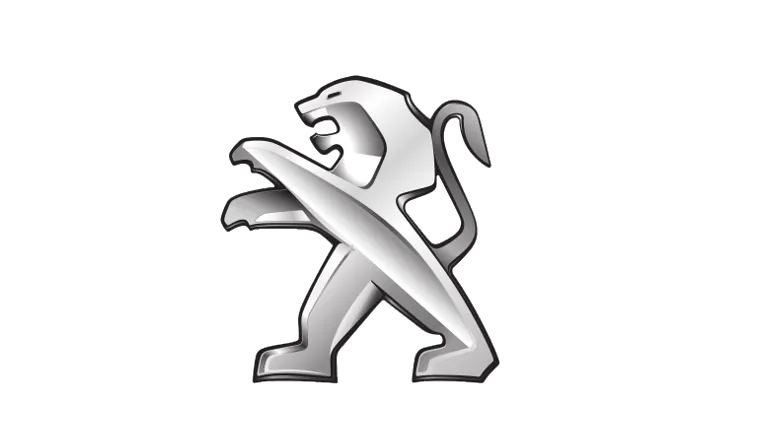Belt Wear Diagnostic Tips: Diagnose EPDM Serpentine Belt Wear.
EPDM (ethylene propylene diene monomer) rubber offers long lasting service life and durable performance to your vehicle belt drive systems, but unlike older rubber belts, they don’t always show wear with traditional signs of visual damage and loud belt noise.
FAQs
Think of EPDM belt wear the way you think of tire wear. After many miles of running on the road, a tire’s tread gradually wears down. Over time, belts experience a similar loss in material or rib wear. When this happens, a belt loses its ability to grip or function properly – it can slip – which puts a strain on other components within your engine, causing them to malfunction and potentially fail. Although not always the case with EPDM belts, noise is often your first and most obvious clue that your belt and other system components should be replaced.
As a best practice, we always advise technicians and vehicle owners to Be System Smart by knowing the Car Care Council’s recommended service interval schedule. Start inspecting the serpentine system at 60K miles, and replace worn components by 90K miles or as advised by the manufacturer. An easy way to remember this recommended interval is I-60/R-90.
Questions? Contact Us Today!


Specialize in all kind of Belt
Our Pages
Contact Us
Follow Us On
© 2024 GloBelt. All Rights Reserved.


